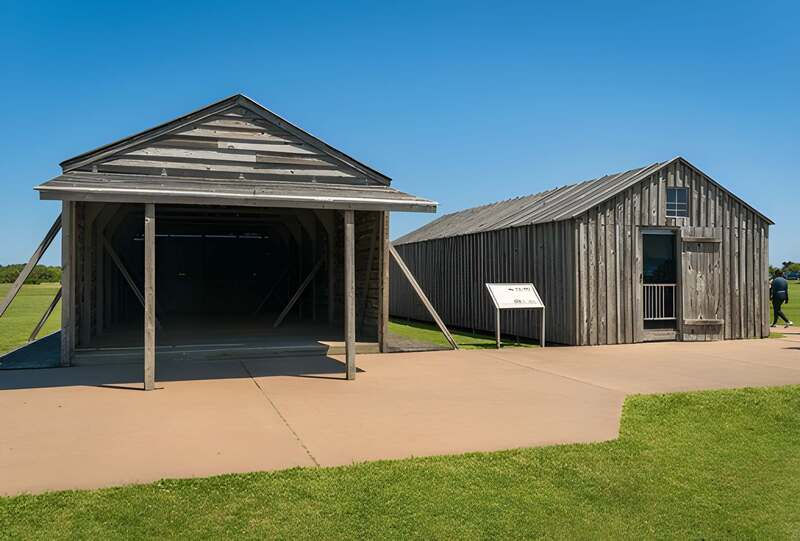Reimagining Your Outdoor Space with the Ease of Synthetic Grass
- David Fenton
- Jan 7
- 3 min read
Updated: Aug 23
Do you often find yourself longing for a lush, green lawn throughout the year, but are apprehensive about the maintenance it requires? Does the thought of regular mowing, watering, and continuous upkeep deter you from transforming your outdoor space into an inviting green oasis? What if there was a solution that could allow you the luxury of a beautiful lawn without the back-breaking work? Enter the world of synthetic grass - a high-reward, low-maintenance alternative to natural grass that might just be the solution you've been seeking.
In this blog post, we will explore the ins and outs of synthetic grass, covering aspects of its benefits, its installation process and its potential to completely transform your outdoor spaces. By the end of this reading, you'll be well-informed and might just be ready to make the switch from real to faux grass.
Let's take a journey through the advantages and misconceptions, the broad range of synthetic grass options available and how it's revolutionizing outdoor areas for homeowners and commercial spaces alike.

What is Synthetic Grass Anyway?
Credited as an invention of the mid-20th century, synthetic grass was originally developed as a solution for sports fields that were challenging to maintain. Created from synthetic fibres designed to resemble natural grass in appearance and texture, its biggest draw has always been its low upkeep requirements.
In recent times, residential and commercial arenas worldwide have embraced synthetic grass – attributing its popularity to its realistic look and feel its long lifespan, and its ability to withstand various climatic conditions. The initial cost may be higher than that of natural grass, but the return on investment comes from the considerable saving of time, water, and maintenance expenses in the long run.
Now let’s delve into the pros and cons of synthetic grass, so you can decide if it’s a good fit for you and your outdoor space.
Pros and Cons of Synthetic Grass:
The advantages of synthetic grass are numerous: minimal maintenance, no watering, no mowing nor the need for fertilizers and pesticides. Moreover, it's pet-friendly and offers year-round greenery with an aesthetic appeal, regardless of environmental conditions.
On the flip side, the initial expenses for the installation of synthetic grass can be considerable. It does not provide the same sense of satisfaction and connection to nature as the natural grass, and concerns of sustainability and non-recyclability can’t be ignored.

Choosing Your Perfect Synthetic Grass:
There's a vast range of synthetic grass options available today, varying in blade length, colour, texture and density. Your choice should primarily depend on the purpose it will serve - a playful area for children or pets may require a different variant than an ornamental lawn.
Installing Synthetic Grass:
The installation of synthetic grass can be a DIY project or you can hire professionals to ensure it's done right. Although it includes steps such as ground preparation, laying weed membrane, and spreading a sand base, these should not intimidate you. Proper installation ensures the longevity of your synthetic turf.
Synthetic Grass – An Eco-Friendly Proposition?
While natural grass offers its unique benefits of soil stability and natural cooling, synthetic grass excels in saving water, reducing herbicide and pesticide use, providing durability, and requiring less maintenance, thereby reducing its carbon footprint.
Boosting Property Value with Synthetic Grass:
Investing in synthetic grass can substantially increase your property value due to its aesthetic appeal, year-round greenery, and low maintenance. It's an attractive proposition for potential buyers who seek a beautiful, easy-care lawn.

Conclusion – Is Synthetic Grass the Right Choice for You?
Ultimately, the choice between natural and synthetic grass depends on what you value more – the authenticity and natural aesthetics of real grass, or the convenience, low maintenance and year-round beauty of synthetic turf. Weighing their pros and cons, factoring in long-term impact and aligning them with individualistic needs would provide the best answer. With the information shared, we hope you’ll be able to make an informed choice to transform your outdoor space into your patch of paradise.



















Comments